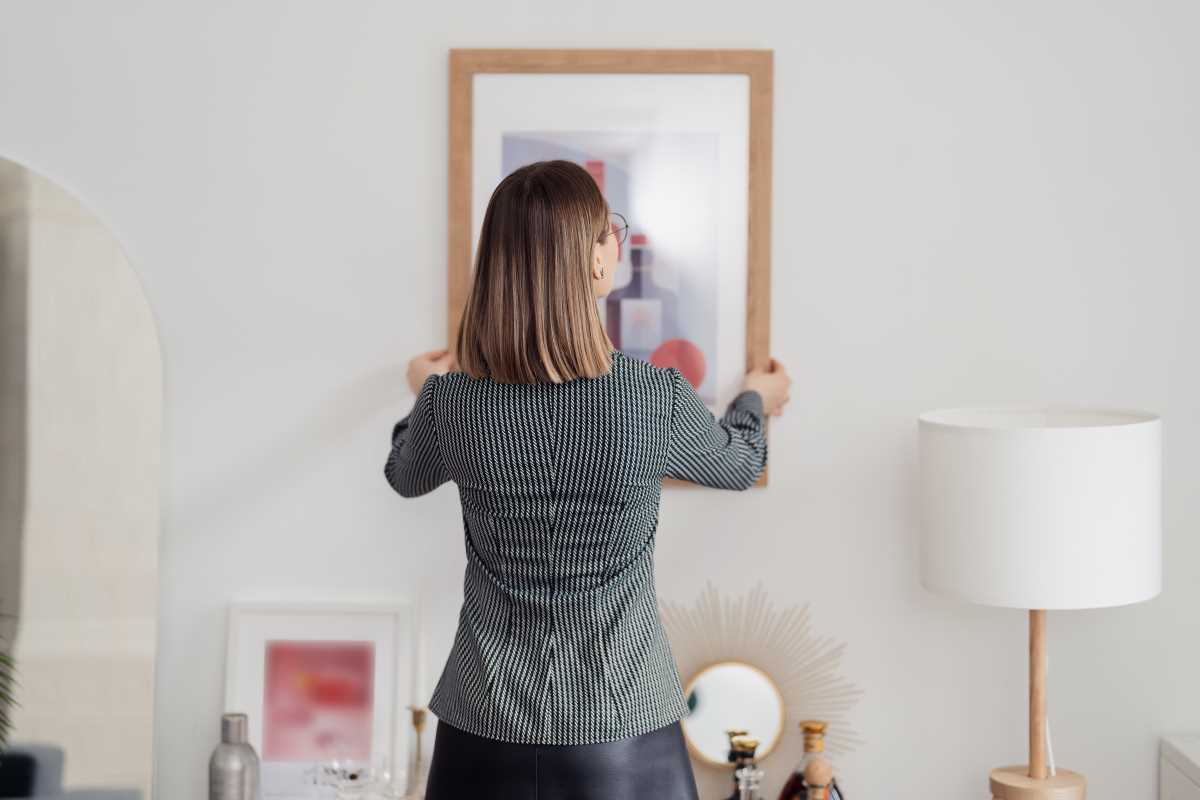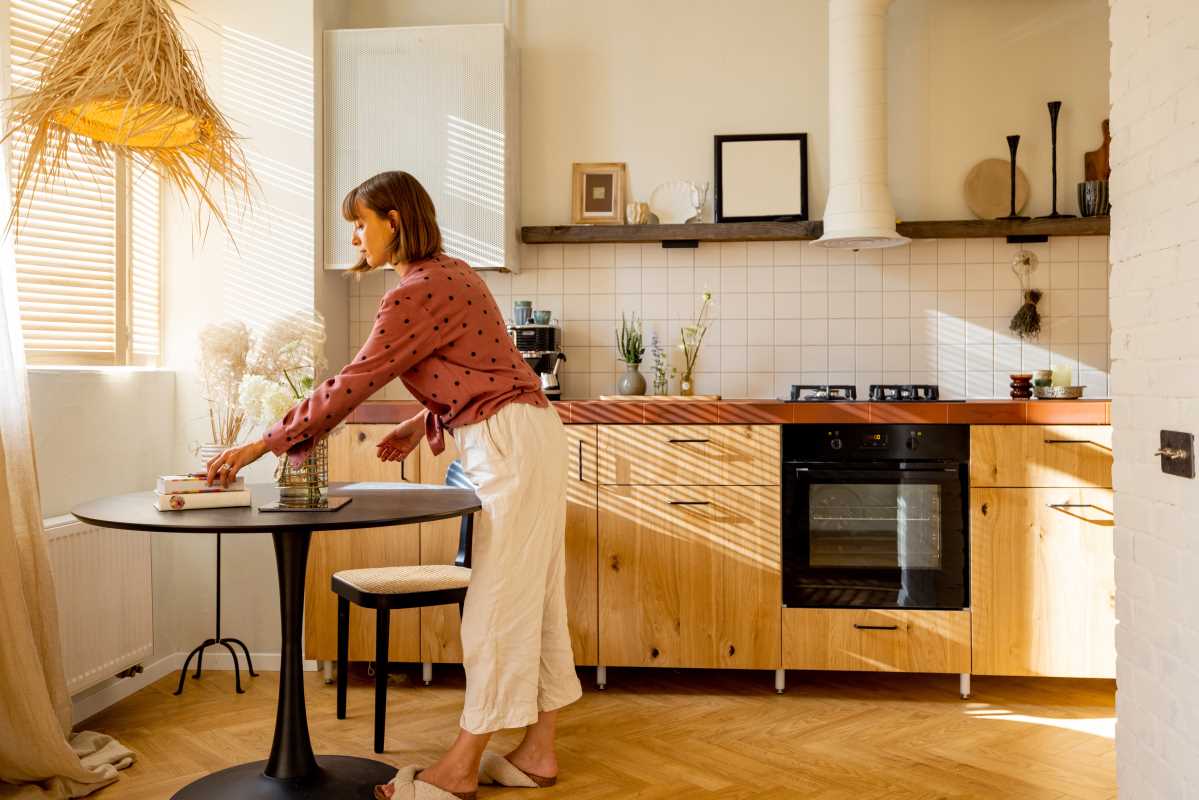Looking to revitalize your home without draining your wallet? You've come to the perfect spot! By mixing clever shopping tactics with a few creative DIY projects, you can transform your living areas into something uniquely wonderful. Whether your goal is to refresh just one room or to overhaul your entire home, these insightful suggestions will help you navigate the process with ease and on a budget. Embrace the chance to infuse your personality into your spaces while enjoying the satisfaction of seeing your home evolve. Get ready to embark on a rewarding journey of home improvement that won't break the bank.
Understanding Smart Shopping Tips
- Set a Budget: Before you start shopping, determine how much you can afford to spend. This helps prevent overspending and keeps your projects financially manageable.
- Plan Ahead: Make a list of the items you need and prioritize them. This ensures you buy only what’s necessary and avoid impulse purchases.
- Watch for Sales and Discounts: Keep an eye out for seasonal sales, clearance events, and special promotions. Signing up for newsletters from your favorite stores can give you a heads-up on upcoming deals.
- Compare Prices: Don’t settle for the first price you find. Use online tools and apps to compare prices across different retailers to get the best deal.
- Choose Quality Over Quantity: Investing in higher-quality items might cost more upfront, but they often last longer and provide better value over time.
- Use Cashback and Reward Programs: Take advantage of cashback offers, rewards points, and other incentive programs to save money on your purchases.
DIY Solutions for Home Improvement
- Painting Walls: A fresh coat of paint can instantly brighten up any room. Choose colors that complement your existing décor and create the ambiance you desire.
- Installing Floating Shelves: Floating shelves are both functional and stylish. They provide extra storage space and can be customized to fit your needs.
- Creating a Gallery Wall: Display your favorite photos and artwork by arranging them in a creative gallery wall. This personal touch adds character to your home.
- Replacing Cabinet Hardware: Swapping out outdated knobs and handles on cabinets modernizes your kitchen or bathroom.
- Upcycling Furniture: Give old furniture a new lease on life by repainting, reupholstering, or adding new features to match your current style.
- Installing Smart Lighting: Replace traditional bulbs with smart LEDs that you can control via your smartphone or voice assistants for convenience and energy savings.
Budgeting Tips for Home Upgrades
Upgrading your home doesn't have to drain your savings. Start by outlining a clear budget for each project, ensuring you allocate funds to the most important areas first. Prioritize tasks that offer the highest return on investment, both in terms of functionality and aesthetic appeal. Consider setting aside a small contingency fund to cover unexpected expenses that might arise during the renovation process. By carefully planning your budget, you can achieve your home improvement goals without financial stress. An effective budgeting tip involves repurposing and reusing existing items wherever possible. Instead of buying new décor, think about how you can refresh what you already have. For instance, adding new paint, switching out hardware, or rearranging furniture can make a big difference without additional costs. Tracking your expenses meticulously will help you stay on target and identify areas where you can cut costs without sacrificing quality.
Eco-Friendly Home Enhancements
Embracing eco-friendly upgrades not only benefits the environment but can lead to long-term savings on utility bills. Start by incorporating energy-efficient appliances and LED lighting throughout your home. These options consume less power and have a longer lifespan compared to traditional alternatives. Installing a programmable thermostat allows you to optimize heating and cooling, ensuring comfort while minimizing energy waste. Another sustainable improvement involves enhancing your home’s insulation. Proper insulation keeps your home warmer in the winter and cooler in the summer, reducing the need for excessive heating and cooling. You can also consider using sustainable materials for your DIY projects, such as reclaimed wood or recycled glass, to add a unique and environmentally conscious touch to your living spaces. These enhancements contribute to a greener planet and create a healthier and more comfortable home environment.
Combining Smart Shopping with DIY Projects
Blending smart shopping with DIY projects maximizes your resources and creativity. For example, purchasing high-quality materials during sales provides the foundation for durable and stylish home improvements. By doing some of the work yourself, you save on labor costs and customize the projects to fit your exact preferences. This approach makes your upgrades more affordable and gives you a sense of accomplishment and personalization. Take advantage of online tutorials and community workshops to learn new DIY skills and techniques. These resources can inspire you with innovative ideas and provide step-by-step guidance to ensure your projects succeed. Whether you're assembling furniture, crafting décor, or undertaking larger renovations, combining these tips will help you achieve a beautifully upgraded home without overspending.
Upgrade your home affordably with smart shopping and DIY solutions. Plan today for a stylish and creative living space without breaking the bank.





.jpeg)

